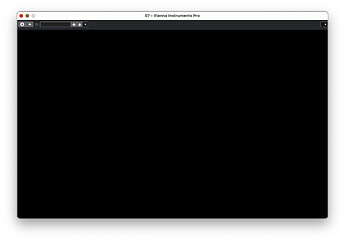Hi there,
I’m doing some divisi strings tests using the playback template of VSL Synchronized Special Edition.
I created a short line of music for violins, starting in unisson, then spliting into divisi.
Having all of the Special Editions, I choose as a playback template Special Editions vol. 1-7.
This should lead Dorico to pick, among the different strings library, the Dimension Strings one, in which you can decide, by a key swith, to hear 8, or 4 (there are two groups of 4), or 2 players (there are 4 groups of 2).
I wish by default Dorico would bring up the Dimension violin with 8 player. That would suit perfectly the unisson moments.
Unfortunately it chooses to have only 4 (first group).
When I turn the irv button it creates a second vst with Dimension Strings and assigns it to the other 4 players (the second group).
Which leads to this: when in unisson I have 4 players, when in divisi mode I have 8.
When it should be: 8 players in unisson, and in divisi 4 players playing a line, 4 other players playing another line.
Did I miss something, or is it a limitation?
In a perfect world, Dorico should create three instruments per track when it comes to unisson…
A bit annoying too: when a VSL Synchron library loads, it’s with Velocity XF turned off, making all the progressive dynamics impossible… you have to turn it on instrument by instrument… Or, again, did I miss something?
Thanks,
Best,
B.
PS: still, I think Dorico is a wonderful software, just like VSL Products…




